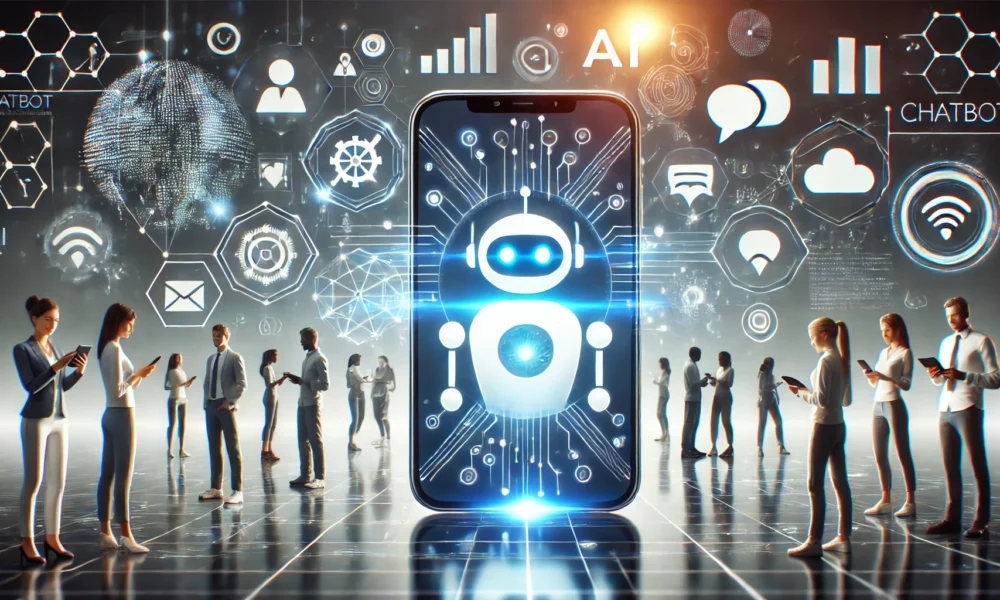Disney’s Research Innovates Image Compression with Stable Diffusion V1.2
Disney’s Research arm introduces a cutting-edge method of image compression that outshines traditional techniques by leveraging the Stable Diffusion V1.2 model. This new approach promises more realistic images at lower bitrates, setting a new standard in image compression technology.
Revolutionary Image Compression Technology from Disney’s Research
Disney’s Research division unveils a groundbreaking image compression method that surpasses traditional codecs like JPEG and AV1. By utilizing the innovative Stable Diffusion V1.2 model, Disney achieves unparalleled accuracy and detail in compressed images while significantly reducing training and compute costs.
Innovative Approach to Image Compression
The key innovation of Disney’s new method lies in its unique perspective on quantization error, likening it to noise in diffusion models. By treating quantized images as noisy versions of the original, Disney’s method employs the latent diffusion model’s denoising process to reconstruct images at target bitrates.
The Future of Image Compression
While Disney’s codec offers unparalleled realism in compressed images, it may introduce minor details that were not present in the original image. This trade-off between accuracy and creativity could impact critical applications such as evidence analysis and facial recognition.
Advancements in AI-Enhanced Image Compression
As AI-enhanced image compression technologies advance, Disney’s pioneering work sets a new standard in image storage and delivery efficiency. With the potential for widespread adoption, Disney’s method represents a promising shift towards more efficient and realistic image compression techniques.
Cutting-Edge Technology for Image Compression
Disney’s latest research showcases the technological advancements in image compression, offering unmatched realism in compressed images. By combining innovative methods with AI-powered solutions, Disney is at the forefront of revolutionizing the way images are stored and delivered.
-
What is Disney Research’s new AI-based image compression technology?
Disney Research has developed a new AI-based image compression technology that is able to reduce file sizes while retaining high visual quality. -
How does Disney Research’s image compression technology work?
The technology uses artificial intelligence to analyze and compress image data, identifying important visual elements and discarding unnecessary information. This results in smaller file sizes without compromising image quality. -
Are there any potential drawbacks to using Disney Research’s image compression technology?
One potential drawback is that in some cases, the AI may hallucinate or invent details that were not originally present in the image. This can lead to visual artifacts or inaccuracies in the compressed image. -
How does Disney Research address the issue of hallucinated details in their image compression technology?
Disney Research has developed methods to minimize the occurrence of hallucinated details in their image compression process. However, there may still be instances where these inaccuracies occur. - What applications can benefit from Disney Research’s improved AI-based image compression technology?
This technology can be beneficial in a wide range of applications, including online streaming services, virtual reality, and digital imaging industries, where efficiently compressing large image files is essential.










